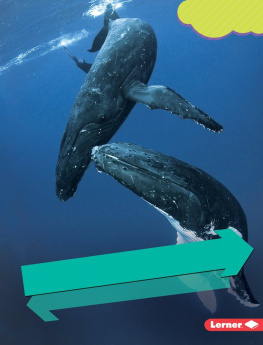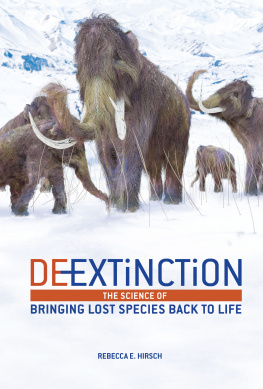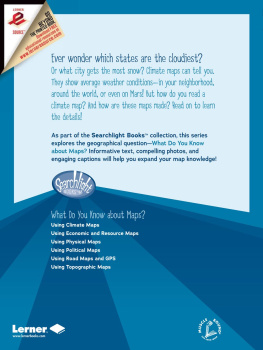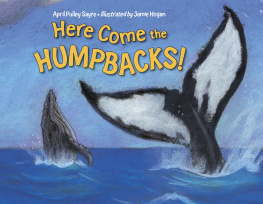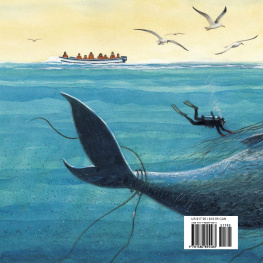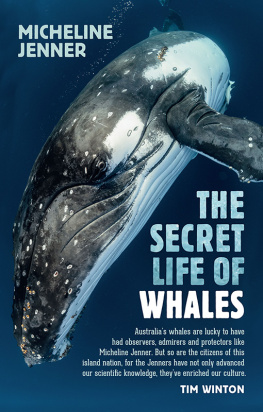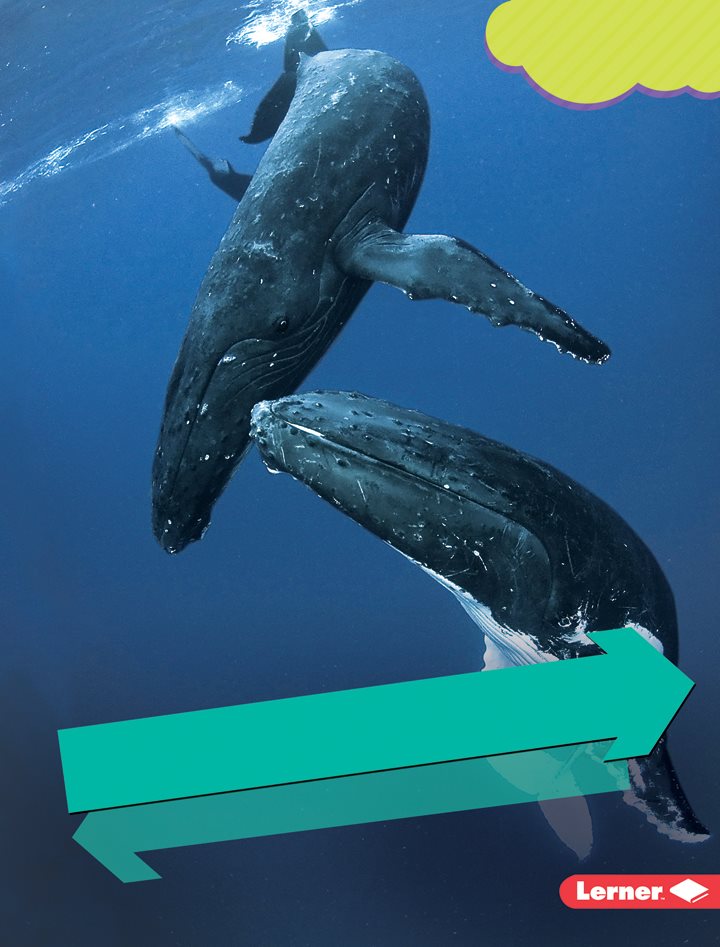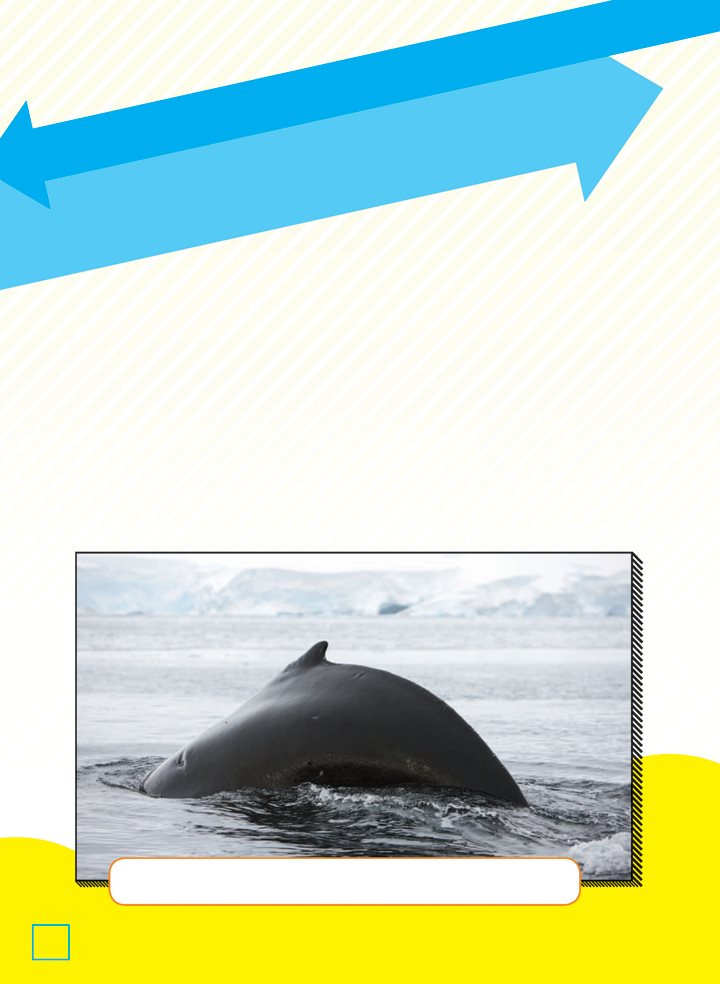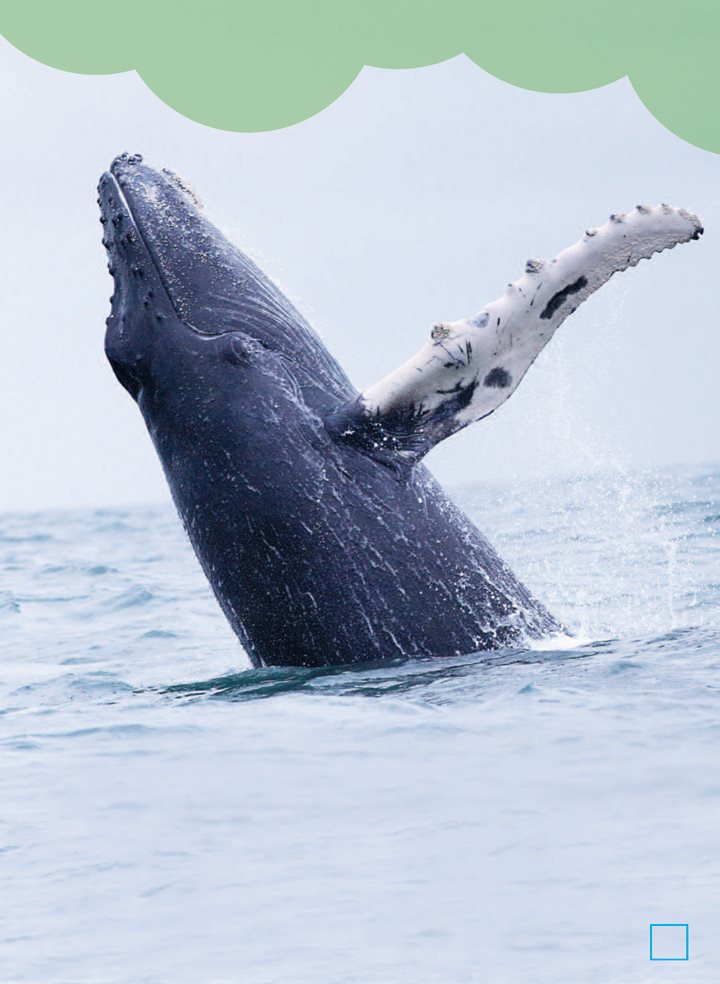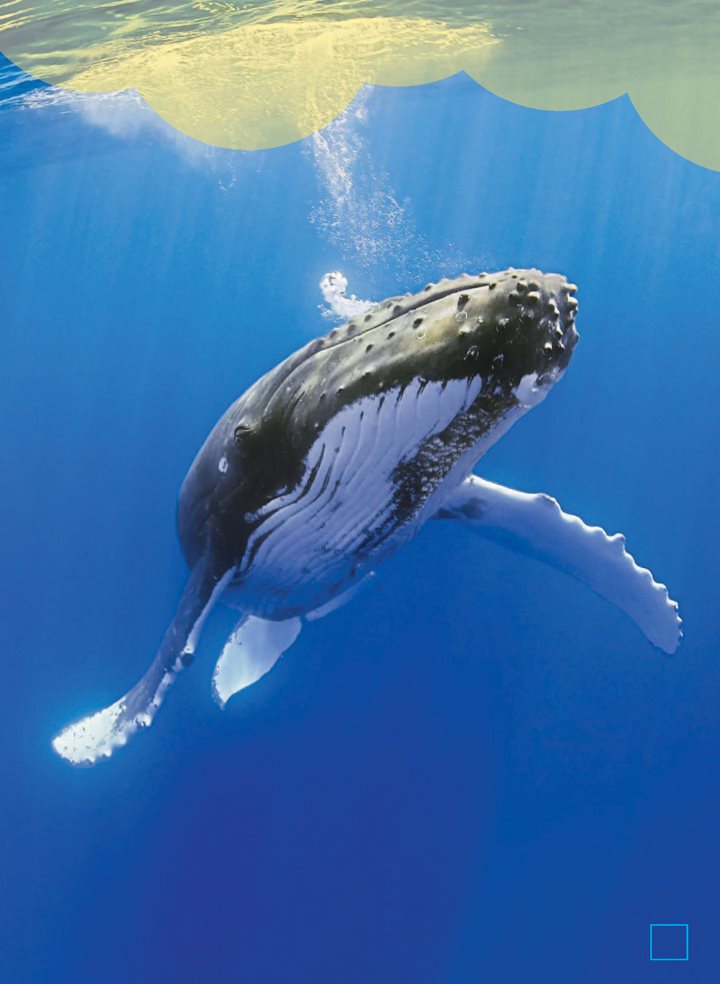comparing ANIMAL TRAITS
HUMPBACK WHALES
MUSICAL MIGRATING MAMMALS
REBECCA E. HIRSCH
Copyright 2015 by Lerner Publishing Group, Inc.
All rights reserved. International copyright secured. No part of this book may be reproduced, stored in
a retrieval system, or transmitted in any form or by any meanselectronic, mechanical, photocopying,
recording, or otherwisewithout the prior written permission of Lerner Publishing Group, Inc., except for
the inclusion of brief quotations in an acknowledged review.
Lerner Publications Company
A division of Lerner Publishing Group, Inc.
241 First Avenue North
Minneapolis, MN 55401 USA
For reading levels and more information, look up this title at www.lernerbooks.com.
Photo Acknowledgments
The images in this book are used with the permission of: Masa Ushioda/age fotostock/Getty Images,
pp. 1, 7; Radharc Images/Alamy, p. 4; LuismiX/Moment/Getty Images, p. 5; redbrickstock.com/Alamy,
p. 6; Visual&Written SL/Alamy, p. 8; John Tunney/Alamy, p. 9 (left); Roland Seitre/Minden Pictures/
Getty Images, p. 9 (right); iStockphoto.com/ka2shka, p. 10; Valentine Rodriguez/age fotostock/Getty
Images, p. 11; Mapping Specialists, Ltd., Madison, WI, p. 12; Frank Greenaway/Dorling Kindersley/Getty
Images, p. 13 (bottom); Barret & MacKay/All Canada Photos/Getty Images, p. 13 (top); Mark Conlin/
Oxford Scienti c/Getty Images, p. 14; Gerard Lacz Images/SuperStock, p. 16; Amar and Isabelle Guillen/
Guillen Photo LLC/Alamy, p. 17; M Swiet Productions/Moment Open/Getty Images, p. 18; Michael
Melford/The Image Bank/Getty Images, p. 19; iStockphoto.com/4FR, p. 20; Flip Nicklin/Minden
Pictures/Getty Images, p. 21 (left); GmbH/Alamy, p. 21 (right); iStockphoto.com/ivkuzmin, p. 22; Bill
Hatcher/National Geographic/Getty Images, p. 23 (right); Joshua Isley/Science Faction/Getty Images,
p. 23 (left); Bruce Flynn/Moment/Getty Images, p. 24; Rebecca Jackrel/age fotostock/Getty Images,
p. 25; iStockphoto.com/Landobake, p. 26; Doug Lindstand/Alaska Stock/SuperStock, p. 27; Juniors/
SuperStock, p. 28; Scubazoo/SuperStock, p. 29 (left); Juergen + Christine Sohns/Picture Press/Getty
Images, p. 29 (right).
Front cover: Rory T B Moore/Moment Open/Getty Images.
Back cover: KonArt/iStock/Thinkstock.
Main body text set in Calvert MT Std 12/18. Typeface provided by Monotype Typography
Library of Congress Cataloging-in-Publication Data
Hirsch, Rebecca E., author.
Humpback whales : musical migrating mammals / by Rebecca E. Hirsch.
pages cm. (Comparing animal traits)
Summary: This book covers information (life cycle, appearance, habitat) about the humpback whale.
Each chapter discusses an aspect of the humpback whales life, comparing the whale to a similar
mammal and to a very different mammal.
Includes index.
ISBN 9781467755795 (lib. bdg. : alk. paper)
ISBN 9781467762182 (eBook)
1. Humpback whaleJuvenile literature. 2. Humpback whaleBehaviorJuvenile literature. I. Title.
QL737.C424H55 2015
599.5'25dc23 2014015102
Manufactured in the United States of America
1 BP 12/31/14
TABLE OF CONTENTS
Introduction
MEET THE HUMPBACK WHALE
Chapter
WHAT DO HUMPBACK WHALES LOOK LIKE?
Chapter
WHERE HUMPBACK WHALES LIVE
Chapter
HUMPBACK WHALES IN ACTION
Chapter
THE LIFE CYCLE OF HUMPBACK WHALES
INTRODUCTION
MEET THE HUMPBACK WHALE
Humpback whales are among the largest animals on Earth.
They live in the sea and sing songs that travel through the
water. They have powerful bodies and sometimes leap above
the waters surface. The humpback whales name comes from a
shape the animal makes with its back while diving.
Many kinds of animals fill the world. Mammals, birds, reptiles,
insects, and fish are all types of animals. Because humpback
whales live in the ocean, some people mistake them for fish. But
whales are not fish. They are mammals.
Humpback whales are named for the way they arch their backs when diving.
All mammals share certain traits. Mammals are vertebrates, which
means they have backbones. They are warm- blooded and have
hair on their bodies. They also make milk for their babies. Yet each
animal in the mammal group also has traits that make it unique. So
humpback whales are not exactly like any other mammal in the world.
CHAPTER
WHAT DO HUMPBACK
WHALES LOOK LIKE?
Humpback whales are large- bodied mammals. From the end of
the snout to the tip of the tail, this whale reaches the length of a
school bus. A humpback whales body is also sleek and built for
swimming. A powerful tail propels the whale forward. Flippers the
size of minivans help with balance and steering.
Stringy material called baleen hangs from the roof of the
humpback whales mouth. To eat, the humpback whale opens its
mouth wide and scoops in water. Grooves on the whales throat
expand to hold all the water. Then the whale pushes the water out
through its lips. The baleen traps fish, plankton, and krill inside.
DID YOU KNOW?
The body of a
humpback whale can
reach FEET
(19 meters) in length.
The flippers can be as
long as feet (5 m).
The heads of these massive mammals have
golf- ball- sized bumps and two blowholes on top.
Before each dive, the humpback whale takes a deep
breath through its blowholes. The whale can stay
underwater for up to thirty minutes. When it returns
to the surface, it breathes out through the blowholes.
Onlookers can see the spray from miles away.
HUMPBACK WHALES VS.
HUMPBACK DOLPHINS
Humpback dolphins also swim and dive in the ocean. Like
humpback whales, humpback dolphins have tails and flippers for
moving through water. Humpback dolphins also have streamlined
bodies like humpback whales. But the bodies of humpback
dolphins are smaller than the bodies of humpback whales. Some
humpback dolphins have humps on their backs too.
A humpback dolphin uses a blowhole to take in oxygen. When the
dolphin dives, it must hold its breath, as a humpback whale does.
But a humpback dolphin has one blowhole on its head, not two. In
between dives, the dolphin breathes in and out through this blowhole.
Like humpback whales, humpback dolphins eat fish and other ocean

